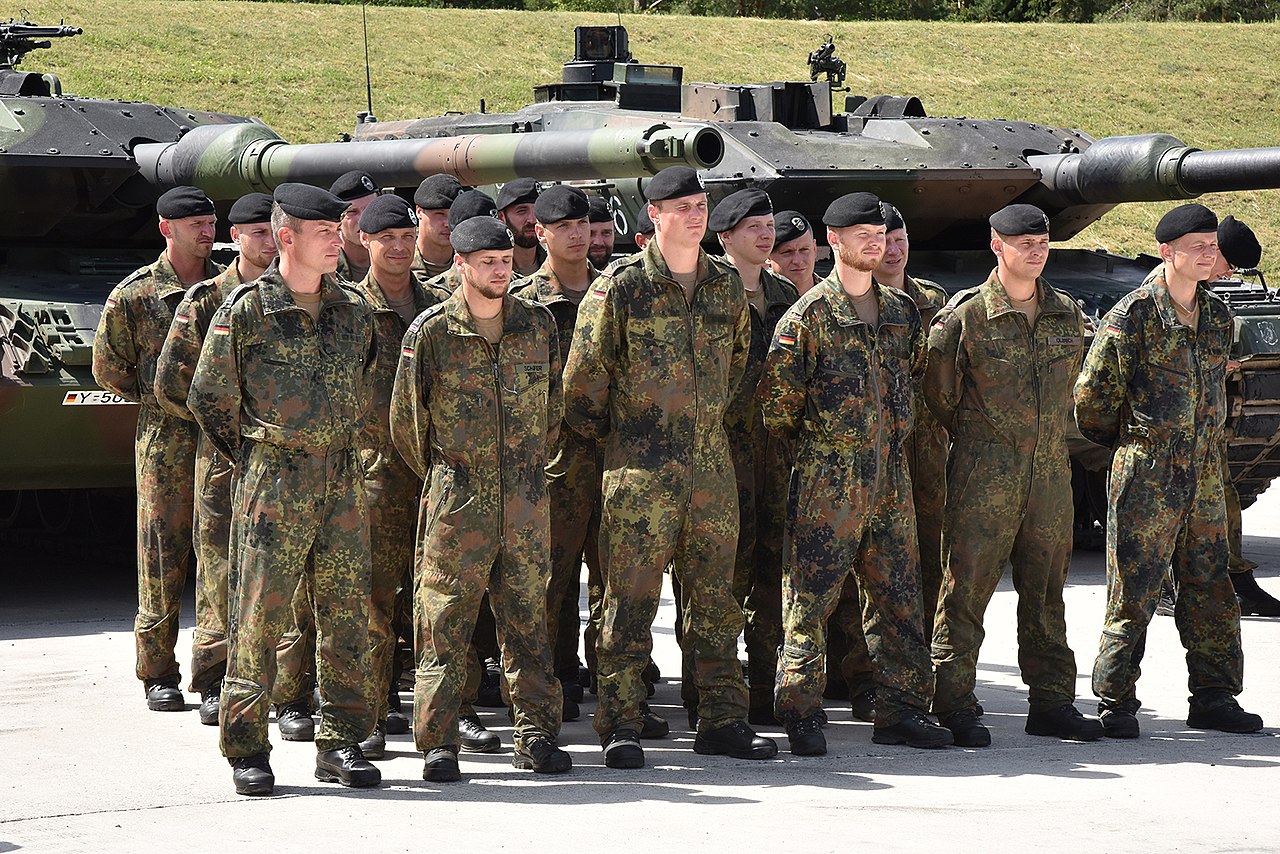The German army, the Bundeswehr, will receive a new camouflage pattern starting in 2029. And that is remarkable, since new camouflage designs in the country were previously only created for special forces. But this time, all Bundeswehr soldiers will be issued uniforms with this new print. And given international developments, that also seems to be the only option for the Germans.
Flecktarn pattern
The current camouflage print, the Flecktarn pattern, consists of a combination of spots in green, brown, and black. The Germans developed this print at the end of the 1970s, but it was only introduced in 1990, after the Cold War. The Flecktarn pattern has played an important role in the international development of camouflage prints.
For example, neighboring countries the Netherlands and Belgium also used Flecktarn for some time before developing their own prints. Countries such as Austria, Switzerland, China, Zimbabwe, and Turkey developed their own (analog) camouflage patterns, but also drew inspiration from the Germans. In Denmark, camouflage pattern M84 was introduced in 1984, which also strongly resembles the Flecktarn pattern. The only difference is that the colors are green, black, and olive green, which better match the Danish landscape.
Modern detection methods call for new camouflage
Although the German print served as inspiration for camouflage designs all over the world for a long time, it was still time for something new. Because in 2025, the world looks very different than in the 1990s. Nowadays, modern detection tools such as drones and night vision equipment are increasingly being used. Something that analog camouflage patterns, like Flecktarn, do not provide sufficient protection against.
The new print, called Multitarn (also: Multitarndruck), has been in development since 2010 and has now been extensively tested by various units (such as the Kommando Spezialkräfte, KSK) within the German army. According to the Bundeswehr, the new print will offer better protection against modern observation technologies such as night vision equipment. It features six colors (light green, dark green, brown, beige, gray, and off-white), which should make it effective in different terrains. With this new camouflage print, the country follows an important international trend in which nations are switching from analog to digital prints.
Canada was the first country in the world to digitally develop its army print with CADPAT in 1997, but since 2000 this choice has been made increasingly often. Italy, Spain, Russia, Mexico, Ukraine, Lithuania, Latvia, Estonia, Poland, and the Netherlands have all developed their own digital prints.
German army no longer wants copies
It is clear that military uniforms must adapt to technology. However, this time the Germans have deliberately chosen to take legal measures regarding the use of Multitarndruck. Unlike the Flecktarn pattern, others may not simply adopt the new print. As much as countries sometimes like to cooperate, in the end it is also useful to be able to clearly see which soldier belongs to which nation.
Photo Source: German Soldiers (2018): 7th Army Training Command from Grafenwoehr, Germany:




















